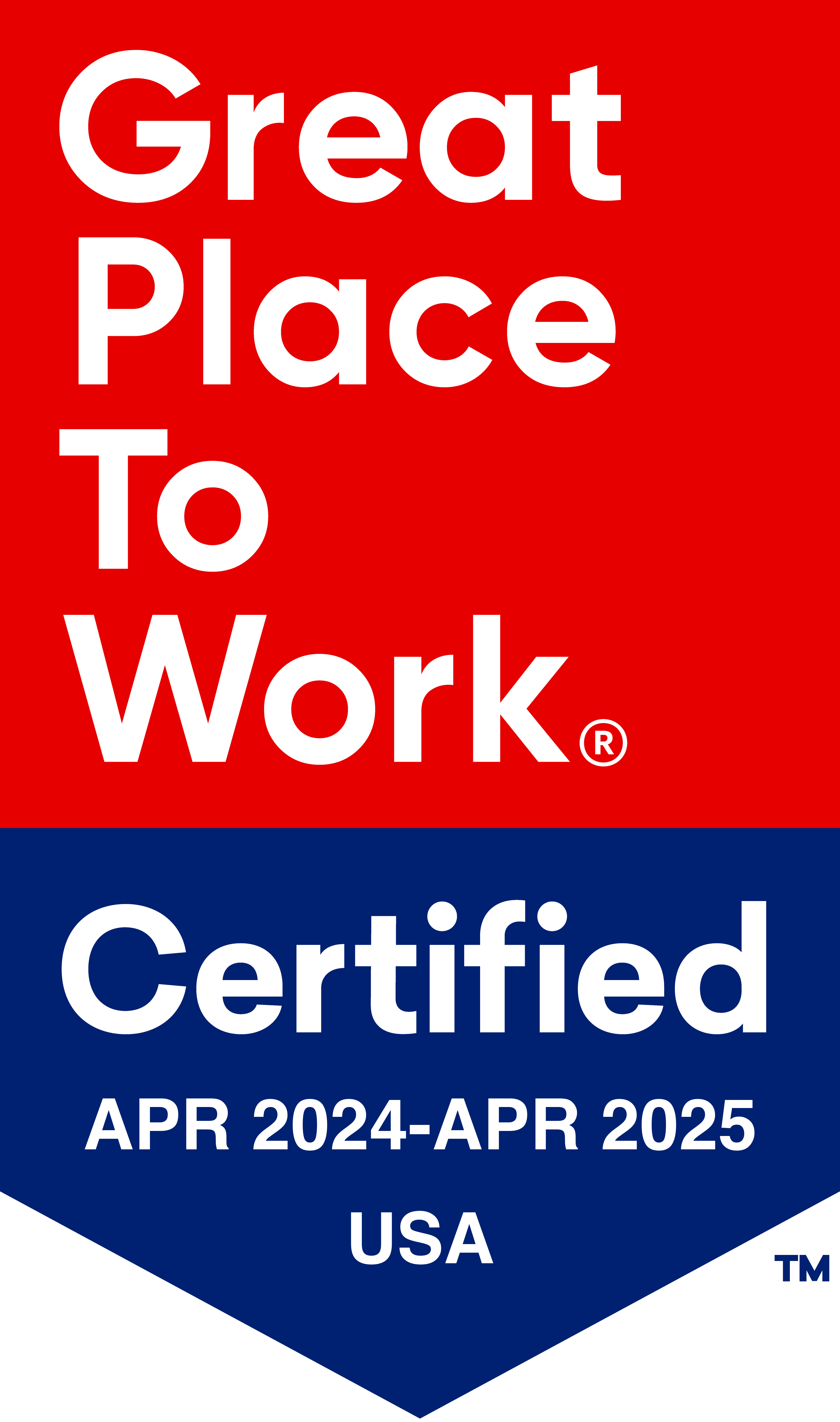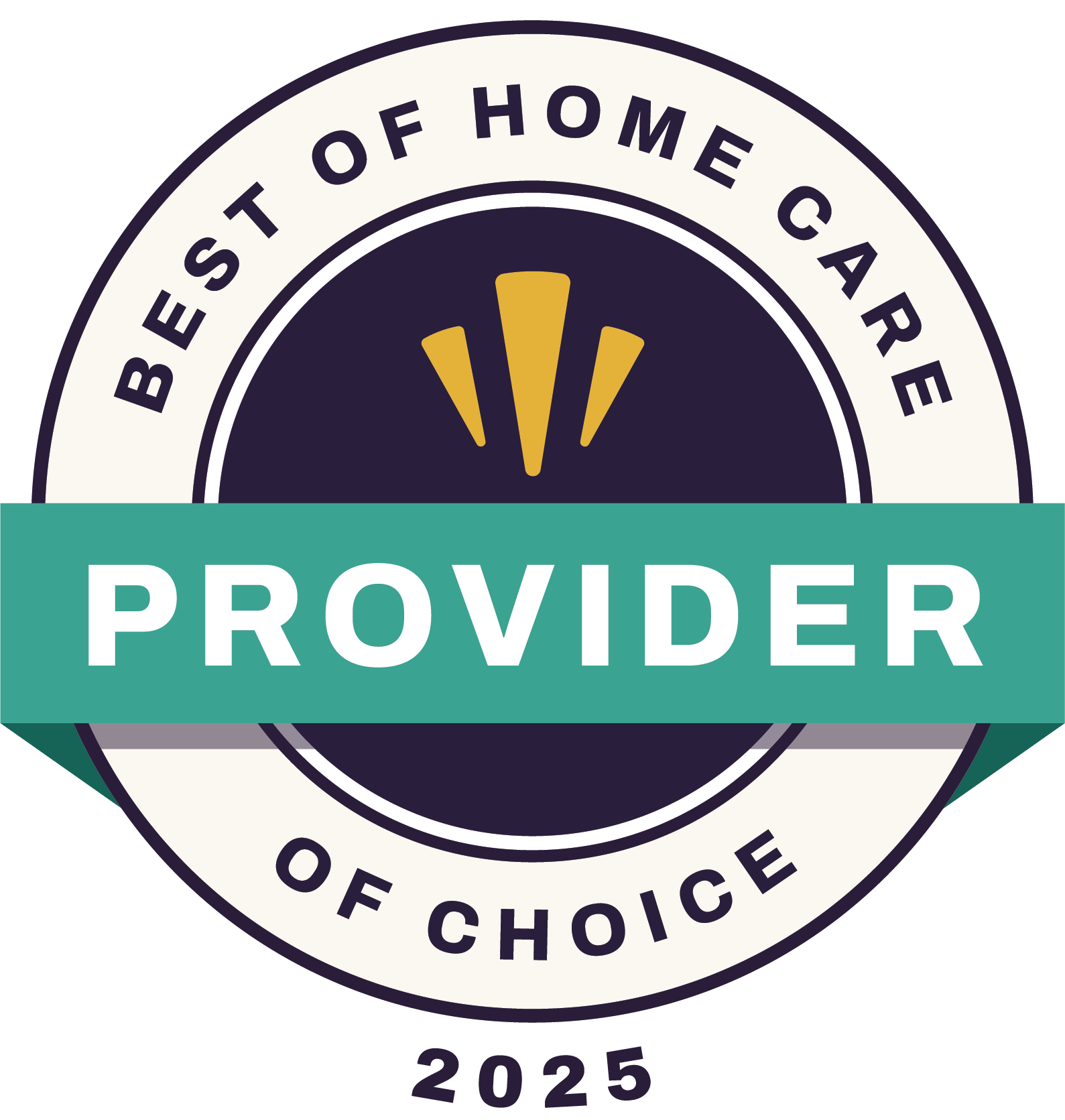Stroke Awareness Month: What to Know About This Medical Condition
Every year, over 795,000 people in the U.S. suffer a stroke. The month of May is National Stroke Awareness Month. This time presents a great opportunity to spread the word about the disease, find out more about the condition that has devastated many people's lives and take action to help prevent strokes. Learning more about stroke will help you to know the warning signs of the health problem, how to protect yourself, and the steps to take if you think your loved one is having a stroke. This is particularly important when it comes to elderly adults.
Here's what you need to know during Stroke Awareness Month.
Risk Factors for a Stroke and How to Mitigate Them
Some risk factors for stroke such as family history, age, and gender cannot be controlled. However, many of the other risk factors are lifestyle-related. This means that you can take steps to reduce your risk of suffering a stroke. Below are some risk factors and suggestions on how to mitigate them.
High Blood Pressure
Hypertension can contribute to the weakening and damage of the blood vessels that supply blood to the brain, something that may lead to stroke. Thus, to help manage your blood pressure, eat a healthy diet, exercise regularly, and check your blood pressure regularly.
Diabetes
High blood sugar levels can accelerate atherosclerosis, thereby increasing the risk of a stroke. Fortunately, monitoring your blood sugar levels and going for medical check-ups regularly will help to keep diabetes under control.
High Cholesterol
High blood cholesterol can cause plaque buildup in arteries, effectively contributing to atherosclerosis. Thus, to mitigate this risk factor, limit the number of saturated fats you eat, eat a high-fiber diet, and have a doctor check your cholesterol levels regularly.
Physical Inactivity
Physical inactivity tends to increase with age. However, a sedentary lifestyle will increase the likelihood of many of the risk factors of stroke. This is why it is important to engage in physical exercises and activities regularly.
An Unhealthy Diet
An unhealthy diet can be a contributing factor to obesity, high cholesterol, high blood pressure, and heart disease. Thus, to reduce the risk of developing a stroke, choose fresh foods over processed ones, limit your salt intake and avoid sugary and fatty foods.
Excessive Alcohol Ingestion
Binge drinking can trigger atrial fibrillation, effectively increasing your risk of stroke. To avoid alcohol-related harms, drink in moderation or stop drinking completely.
Tobacco Use
Smoking can double your risk of having a stroke. As such, you should avoid both first-hand and second-hand smoke.
Atrial Fibrillation
As we get older, the risk of developing atrial fibrillation (irregular heartbeat) increases. This condition can then cause blood to stagnate and form clots, resulting in a stroke. Lifestyle changes and seeking proper treatment will help to mitigate this risk factor.
Learn the Signs of a Stroke During Stroke Awareness Month
When the blood supply to part of your brain is cut off, the result may be brain damage and loss of brain function. Acting quickly can go a long way in helping to prevent a disability or death. This is why it is important to know the warning signs to look out for. Below are some signs of stroke in elderly adults:
- Trouble speaking and difficulty understanding speech
- Numbness or paralysis in the face and limbs, often affecting one side of the body
- Sudden and severe headaches
- Vision problems in one or both eyes. This also includes blurred vision, double vision, or blackened vision.
- Lastly, dizziness, loss of balance, and coordination
What to Do When Someone Is Having a Stroke
A stroke is a medical emergency. As such, you need to act fast if you think someone is having a stroke. However, it is important to stay calm if you are to respond properly. Here is what to do:
Call 911 and request help: Call an ambulance immediately. Remember to tell the operator that you suspect your loved one is having a stroke.
Keep track of symptoms: It is important to provide medical professionals with as much information as possible. Be sure to note down the exact symptoms you observe and when they began.
Talk to the patient: Before the ambulance arrives, keep the person comfortable. Place them on their side with their head elevated so as to promote blood flow to the brain. If the patient is conscious, ask them about any known allergies and health conditions they may have and if they are on medication.
Perform CPR if necessary: If the patient is unconscious, check their pulse and breathing. If you cannot find any, start CPR as you wait for the ambulance to arrive.
Learn More About Stroke Awareness Month
In the end, professional home health care can be a great help to patients following a stroke. Elite Home Health Care is a home health care provider that has been assisting people with home care needs since 2013. We have highly trained caregivers and personalized care plans to ensure you receive quality care in the comfort of your home. Contact us today to learn more.
Written by: Leah Ganz
Leah Ganz, RN, BSN is the Director of Patient Services at Elite Home Health Care. She has an extensive background in homecare and previously worked in various specialties including pediatrics, pain management and internal medicine. She oversees all patient services across Elite's departments.



